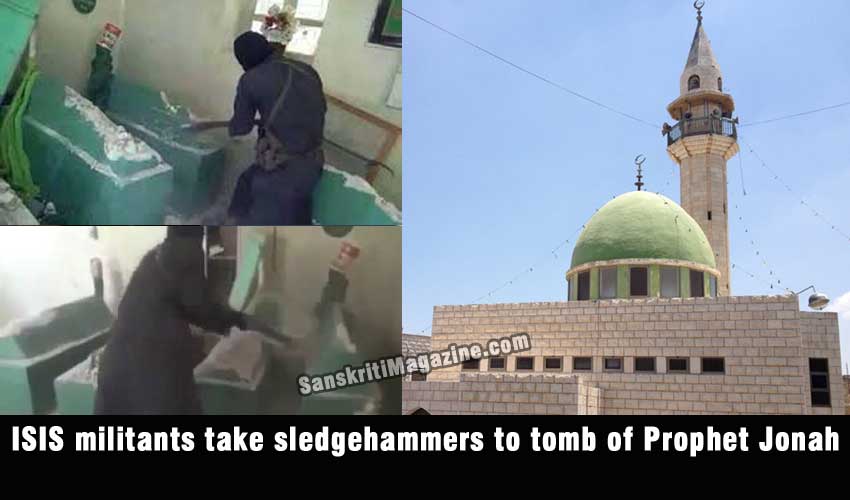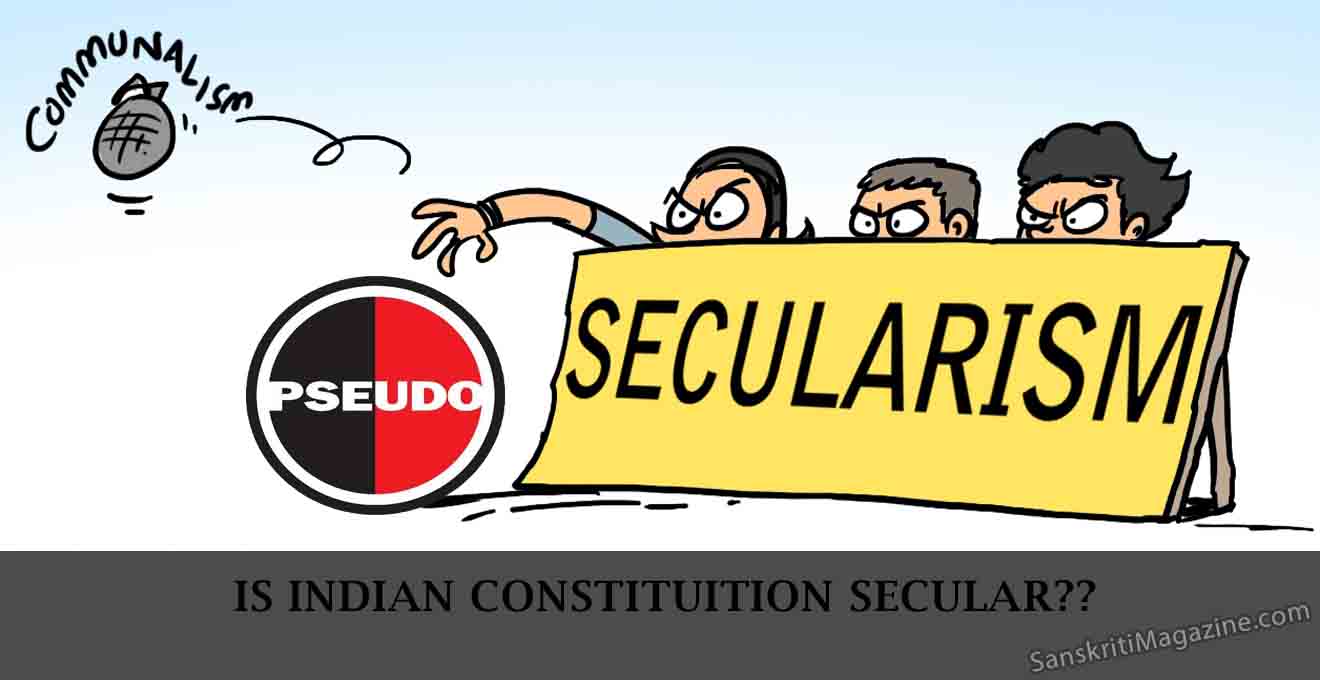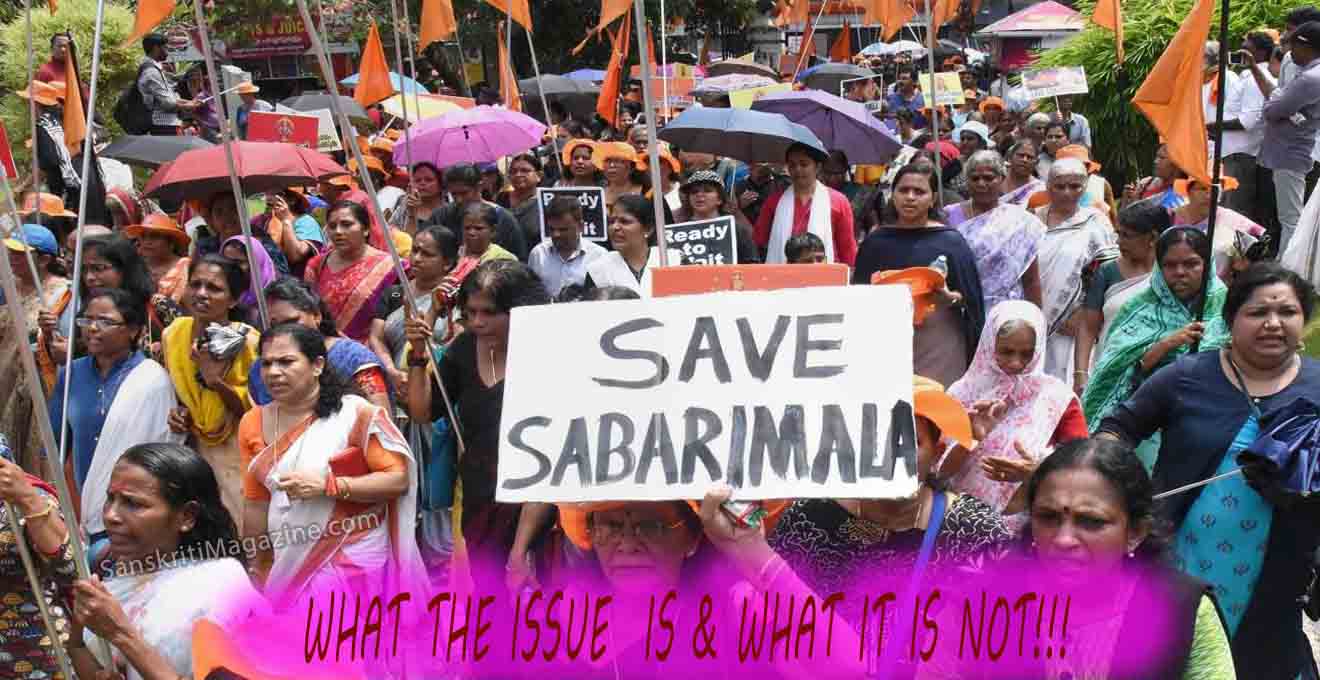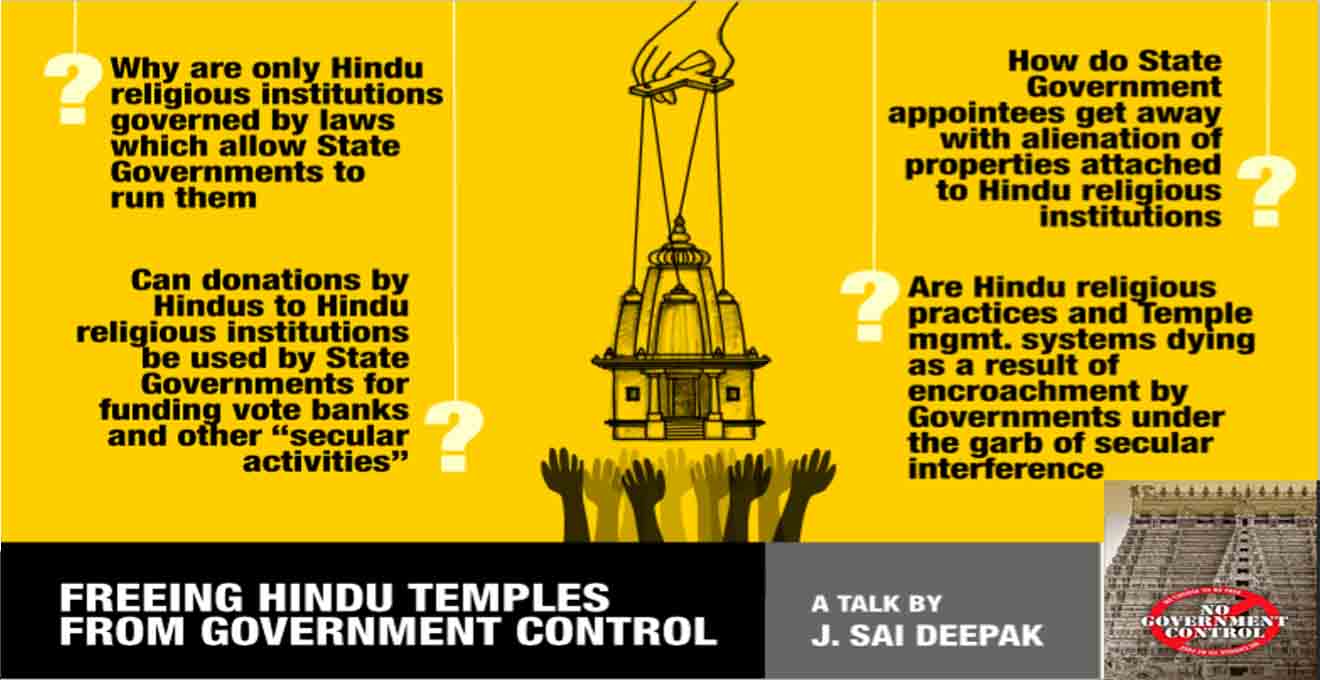This is the shocking moment ISIS militants took sledgehammers to Iraqi tombstones – smashing them to pieces.
The rebels, who are members of the Islamic State terror group, were filmed attacking centuries-old graves in the north-west city of Mosul in Ninevah province.
Donning balaclavas and black coats, they swung sledgehammers into the tombs, causing pieces of dust and stone to fly through the air.

One of the devastated tombstones belonged to the Prophet Jonah (Younis in Arabic) and was revered by Muslims and Christians alike, according to Iraqi authorities.
The prophet, who is the central figure in the Hebrew Bible’s Book of Jonah, is best known for being swallowed by a fish or a whale, depending on translation.
The attack is the latest in the ISIS’s violent rampage across Iraq.
Earlier this week, a series of images emerged showing the destruction of almost a dozen Shia and Sunni religious shrines in Mosul, Iraq’s second largest city, and the town of Tal Afar, which is also currently under ISIS control.
ISIS militants believe giving special veneration to tombs and relics is against the teachings of Islam.
Speaking of the latest attack, Ninevah official Zuhair Al-Chalabi, told IraqiNews.com: ‘The elements of ISIS [have] controlled the mosque of the Prophet Younis in Mosul since they invaded the city.’
‘[They] engaged in the process of tampering with the contents of the Mosque. It is still held by them until now.’
The shrine of the Prophet Seth (Shayth) was also destroyed by rebels, according to reports.
It comes as more than 50 bodies have been discovered by Iraqi authorities in an agricultural area outside the city of Hillah, just south of Baghdad, today.
Military spokesman Brigadier General Saad Maan Ibrahim said most of the 53 bodies were found blindfolded with their hands bound and several gunshot wounds.
The grisly discovery in Hillah, a predominantly Shiite city around 60 miles south of Baghdad, has raised concerns over a possible sectarian killing amid the battle against a Sunni insurgency.
Brig Gen Maan said an investigation was underway to determine the identities of the dead, as well as the circumstances of the killings.
The dead were all men between the ages of 25 and 40, and it appeared they had been killed a few days earlier and then dumped in the remote area, said a local police officer and a medical official.
They officials spoke on condition of anonymity because they were not authorised to brief the media.
While the motives remain unclear, such grisly killings harken back to the worst days of Iraq’s sectarian bloodletting in 2006 and 2007.
At that time, with a Sunni insurgency raging, Shiite militias and Sunni militant groups were notorious for slayings of members of the other sect, and bodies were frequently dumped along roadsides, in empty lots, ditches and canals.
As the levels of violence dropped over time, such discoveries became rare.
But sectarian tensions have soared once more, and authorities have once again begun to find unidentified bodies since the Sunni militant offensive that swept across much of northern and western Iraq over the past month.
The photographs of the destroyed churches and mosques that emerged last week were posted on a website which frequently carries official statements from ISIS.
Some of them showed bulldozers plowing through walls, while others featured buildings being demolished by explosives in a cloud of smoke and rubble.
Three Sunni clerics were also killed by ISIS gunmen in Mosul after calling on locals to reject the terror group and refusing to leave the city, authorities said.
The victims were Khattab Hassan, 43, Riyadh al-Wandi, 39, and 48-year-old Abdul Ghafoor Salman.
Today, archbishops from Baghdad, Mosul and Kirkuk said the violence in Iraq is hastening the end of nearly 2,000 years of Christianity there as the few remaining faithful flee Islamic State militants.
War and sectarian conflict have shrunk Iraq’s Christian population to about 400,000 from 1.5million before the U.S.-led invasion in 2003, they said on a visit to Brussels seeking European Union help to protect their flocks.
And now, even those who stayed are leaving for Turkey, Lebanon and western Europe, they claimed.
The three – Chaldean Catholic Patriarch Louis Raphael Sako, Syrian Catholic Archbishop of Mosul Yohanna Petros Mouche and Kirkuk’s Chaldean Catholic Archbishop Youssif Mirkis – are all Eastern Catholics whose churches have their own traditional liturgy but are loyal to the pope in Rome.
‘The next days will be very bad. If the situation does not change, Christians will be left with just a symbolic presence in Iraq,’ said Sako, who is based in Baghdad
‘If they leave, their history is finished.’
~ Sophie Jane Evans, DailyMail











